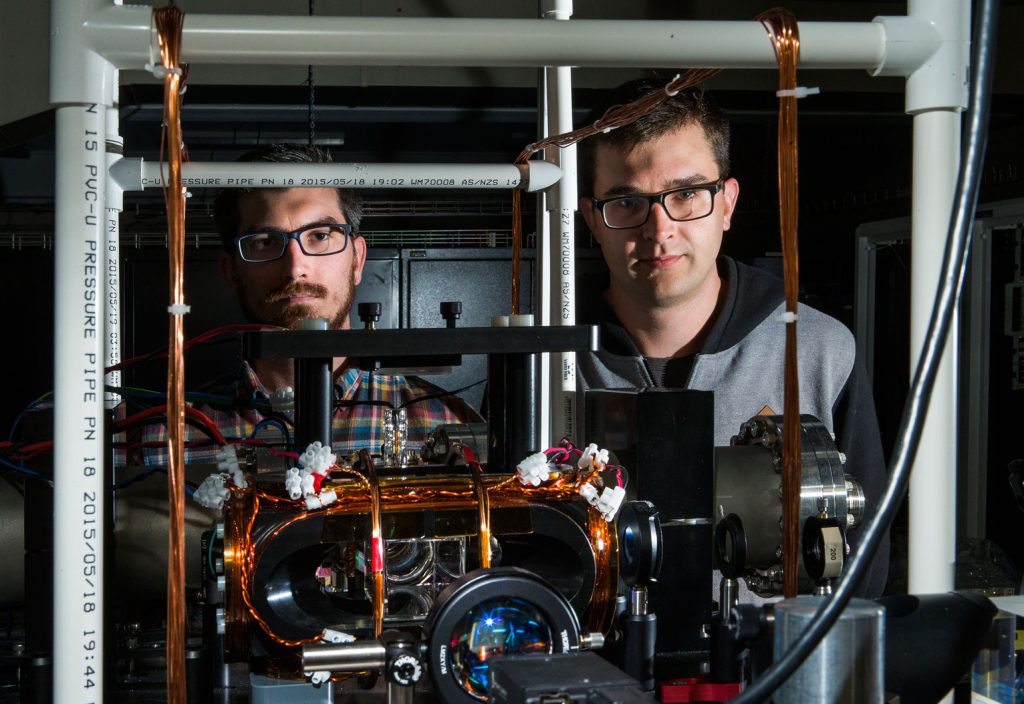Light-stopping experiment has potential for quantum computing.
Researchers at the Australian National University (ANU) say they have stopped light in an experiment that could bring quantum computing closer to reality.
Lead researcher Jesse Everett from the Research School of Physics and Engineering (RSPE) discovered the potential to stop light in a computer simulation and then created an experiment that created a light trap by shining infrared lasers into ultra-cold atomic vapour.
“It’s clear that the light is trapped, there are photons circulating around the atoms,” he said.
“The atoms absorbed some of the trapped light, but a substantial proportion of the photons were frozen inside the atomic cloud.”
He said quantum computers based on light could connect easily with communication technology such as optic fibres and had potential applications in fields such as medicine, defence, telecommunications and financial services.
“Optical quantum computing is still a long way off, but our successful experiment to stop light gets us further along the road,” Everett said.
Co-researcher Dr Geoff Campbell from RSPE said photons mostly passed by each other at the speed of light without any interactions, while atoms interacted with each other readily.
“Corralling a crowd of photons in a cloud of ultra-cold atoms creates more opportunities for them to interact,” said Campbell.
“We’re working towards a single photon changing the phase of a second photon. We could use that process to make a quantum logic gate, the building block of a quantum computer.”
